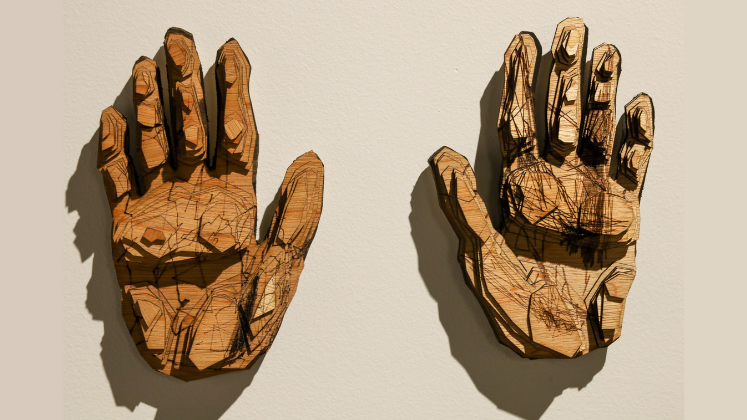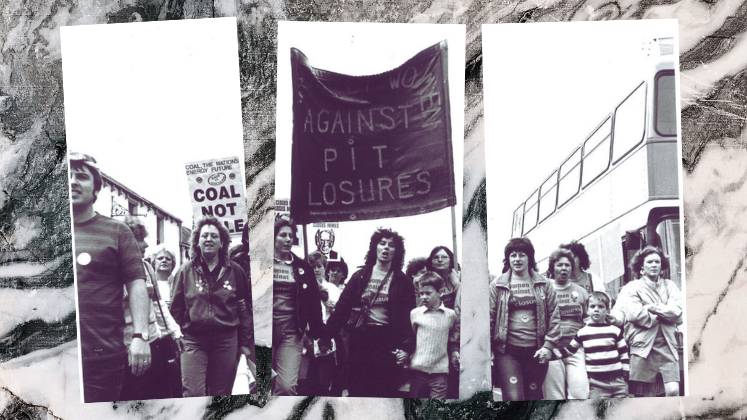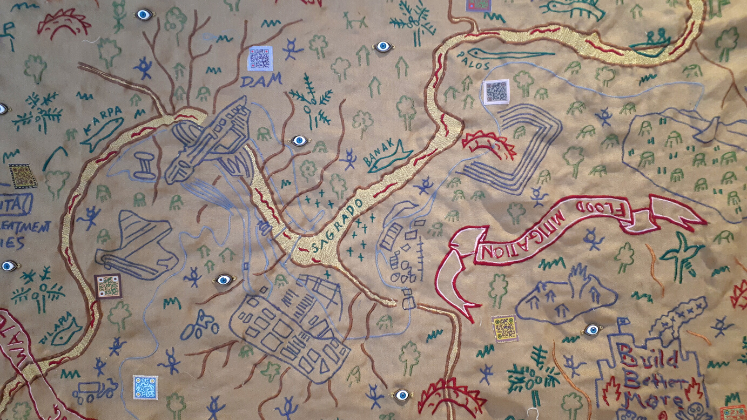The 18th of May is International Museums Day (IMD), which, in 2024, focuses on the potential for museums and collections to unlock knowledge. Kylie Message suggests that although this objective is uniquely suited to university museums, it can only be realised if the discoverability, management, and accessibility of their collections is vastly improved.
University collections are repositories for millennia of knowledge and represent generations of knowledge-management systems. They provide data for innovative thinking across disciplines, and tell stories about how and why research was undertaken and valued in specific places and times. They play a vital role in preserving historical, artistic, scientific, socio-cultural and spiritual values for past, present and future generations.
University collections are part of a larger cohort of heritage that will be celebrated for International Museums Day (IMD), but they make a unique contribution to this year’s focus on unlocking knowledge.
University collections are part of a larger cohort of heritage that will be celebrated for International Museums Day (IMD), but they make a unique contribution to this year’s focus on unlocking knowledge. This is especially the case for university and scientific collections created as the by-product of research and teaching activities. However, the full potential of these collections and their value as research infrastructure is limited by challenges to their discoverability, management, and accessibility.
Collections in Conversation
In an attempt to counteract the fact that university collections are not always easy to find or access, last year Katrina Grant (Digital Humanities), Claire Sheridan (ANU Collections) and I produced a podcast series called The Timber Detective Agency. We used a narrative style to spark connections with an audience familiar with popular history and whodunnit podcast formats. Although, instead of presenting research into an unsolved murder mystery, we provided research into some of the Australian National University’s 50+ collections.
Alongside raising awareness about ANU collections, we wanted to engage the public in thinking about university collections as research infrastructure. This was partly motivated by debate playing out in the media about how and if the public values universities. It also reflected recently published research into how to train students to work across different collecting sectors.
Our “investigation” commenced in the xylarium, a little-known wood library at ANU that has been used to develop national capabilities in areas as diverse as defence and bio-security, and to develop knowledge about Indigenous burning as a fire management tool. We found that it was more effective to address the complex topic of infrastructure through blocks of wood, which feel closer to the raw data that is used to build something else, than by starting with the polished cultural artefacts people might engage with in the glass case of a museum. It was a happy coincidence then, as we discovered that the forestry researchers we interviewed for the xylarium episode are known colloquially as “timber detectives”.

Woodblocks from the ANU Xylarium (credit Claire Sheridan 2022).
Rather than presenting knowledge as a discrete product to be consumed, we wanted listeners to feel like contributing partners in the “detective work” required to decipher the meaning of the collections. Seeking also to demystify what universities do, we structured the series so each episode would contribute to core university business of research, teaching, and engaging with external communities.
Episode 1 therefore models what interdisciplinary research and innovation focused on a xylarium can look like and achieve. Episode 2 presents the ANU’s mid-century furniture collection as a tool for learning about collections and how they document institutional history. Episode 3 highlights the potential for collections to achieve impact through knowledge exchange with experts beyond the university. It features Indigenous composers who wrote new music for a piano in the ANU collection that was made in 1770, the same year Captain Cook navigated the east coast of Australia. This episode shows how university collections can be used to recognise and embed First Nations sovereignty into university practices and challenge out-dated definitions of research.

The Henrion Square Pianoforte from 1770 being played (credit Jamie Kidston 2021).
It was with considerable interest then that I saw IMD 2024’s announcement to focus on promoting the “resilient infrastructure, promote inclusive and sustainable industrialization and foster innovation” that exists across museums, collections, and research sectors. My enthusiasm was tempered by my understanding of the challenges associated with realising this goal, which have been described elsewhere as “insurmountable”.
Challenges to realising collections as research infrastructure
The infrastructure challenges facing university collections are social, financial, and tied to systemic legacies of colonial collection and documentation practices. The decline in collections knowledge is being hastened by the passing of knowledge holders and community elders as well as the retirement of curators, researchers, and technical experts, who have spent careers working with these materials.
This is a significant problem for university collections seeking to develop ethical frameworks regulating knowledge management in their research and education contexts, particularly in relation to Indigenous data governance. It has larger consequences for First Nations communities who want to collaborate with universities to build culturally appropriate cataloguing systems and model processes of repatriation that progress the national project of truth-telling.
systemic institutional failure is caused by lack of interoperability between current collections, even within a single organisation.
In practical terms, systemic institutional failure is caused by lack of interoperability between current collections, even within a single organisation. This is not unique to universities, but it is more acute because their collections are spread across more disciplines than is typical for social history, natural history, or ethnographic museums. Even where a university has a centralised collections management system, it will not necessarily connect with the institution’s library system or archive management tools. Exceptions exist, such as Yale’s digital platform that link collections and allow users free online access to search more than 17 million items, but the financial costs associated with establishing and maintaining this infrastructure is prohibitive for many university collections.
If not now, when?
If the decline in collections knowledge is to be halted it will require institutions to invest in new processes of relationship-building and knowledge sharing, as well as technical systems for information capture. While universities are well practiced at sometimes extractive forms of knowledge creation, they are less proficient at developing cultures and governance models for mutual beneficial research with non-university-based communities.
IMD2024’s focus on highlighting the role that collections play as critical research infrastructure for all society internationally will hopefully draw attention to the resourcing that such forms of knowledge generation and management so urgently require.
The content generated on this blog is for information purposes only. This Article gives the views and opinions of the authors and does not reflect the views and opinions of the Impact of Social Science blog (the blog), nor of the London School of Economics and Political Science. Please review our comments policy if you have any concerns on posting a comment below.
Image Credit: All images reproduced with permission of the author.







